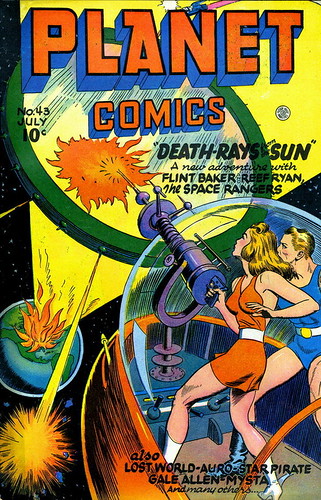 One of the better comic book magazines to come out of Fiction House was Planet Comics, a direct descendant of the wordy pulp magazines. Comic books were far easier to read, more accessible to an all-ages audience and the pages were filled with far more pulchritude than a regular text magazine could hope to contain.
One of the better comic book magazines to come out of Fiction House was Planet Comics, a direct descendant of the wordy pulp magazines. Comic books were far easier to read, more accessible to an all-ages audience and the pages were filled with far more pulchritude than a regular text magazine could hope to contain.
The Planet Comics title ran from 1940 to 1953 and gave readers a steady exposure to impossible, fantastic science fiction and featured a few of the stories of Fletcher Hanks. While the contents of the book eventually changed near the end of its run into a one-shot anthology title it was through most of its life a book that hosted long-running serial adventures featuring a familiar stable of characters. It was a title a reader could grow up with.
Many of the characters were modeled with various successes after concepts that could be found in Buck Rogers, Flash Gordon and John Carter along with stylistic elements popularly found in the super-hero comics of the Golden Age. Some of the longest running series such as The Lost World, Gale Allen, Mysta of the Moon, Space Rangers and Auro, Lord of Jupiter lasted a decade and longer.
Another series that had a multi-year life span with Planet Comics was Futura, which was serialized in that title starting in July 1946 with issue #43 and probably ending in Spring 1955 with issue #64. An over 20-issue run of nearly ten years!
Futura is the story of an office secretary named Marcia Reynolds who was shanghaied into space to serve as the test-subject of an alien seeking to repopulate his planet. In the beginning the tale of Futura, while eerily drawn, is very typical of what the market expected in a comic book story with the lead character being a female. Marcia Reynolds, as Futura, was gorgeous, scantily clad, threatened by amorous bug-eyed monsters and tied up a lot. In fact, the story could easily be interpreted as both a dream by the character and a power-fantasy for the reader, the caveat being that the typical audience for the book was male and Futura usually extricated herself from difficult situations and often lead the charge into battle herself.
The quality of the art and writing varied greatly over the next several chapters and much of the narrative added to the idea that Marcia Reynolds was in a dreaming state, in particular the story featuring forest sprites and a magic sword. But soon the creative team picked a direction that leaned more to classic Space Opera and with issue #53 began offering lush art and rich story-telling that were stylistically on par with the details that could be found in the Flash Gordon dailies. Over the course of her story Futura quickly becomes less of a victim and her journey from frightened breeding stock to strong, independent woman is a fun and interesting one.
The first chapter of Futura from Planet Comics #43 (July 1946) is presented below. As ever, click the pictures to make for easy reading. Enjoy!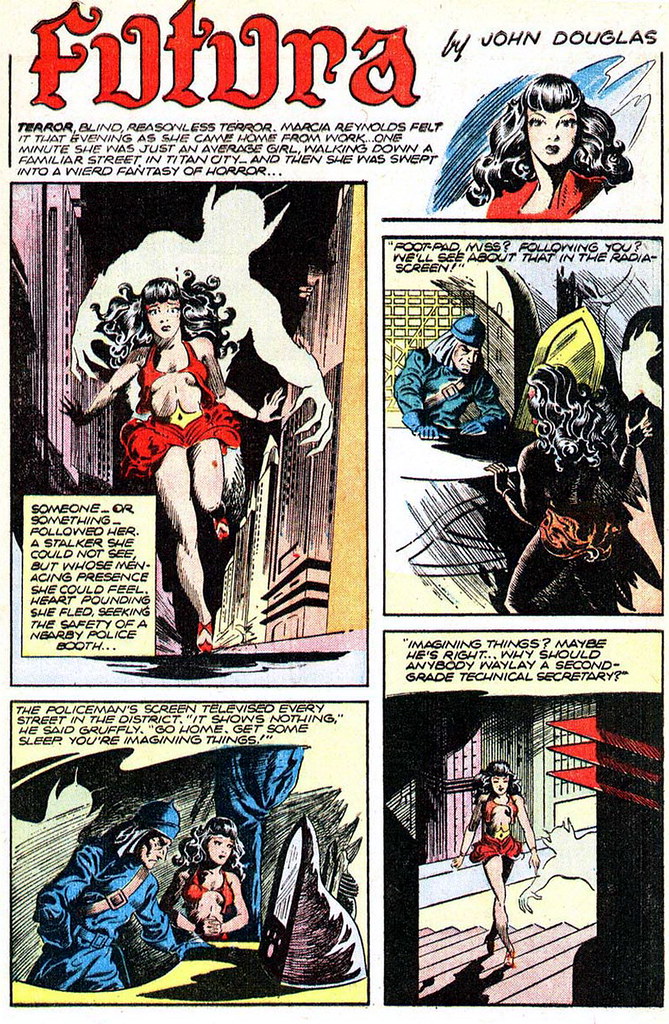
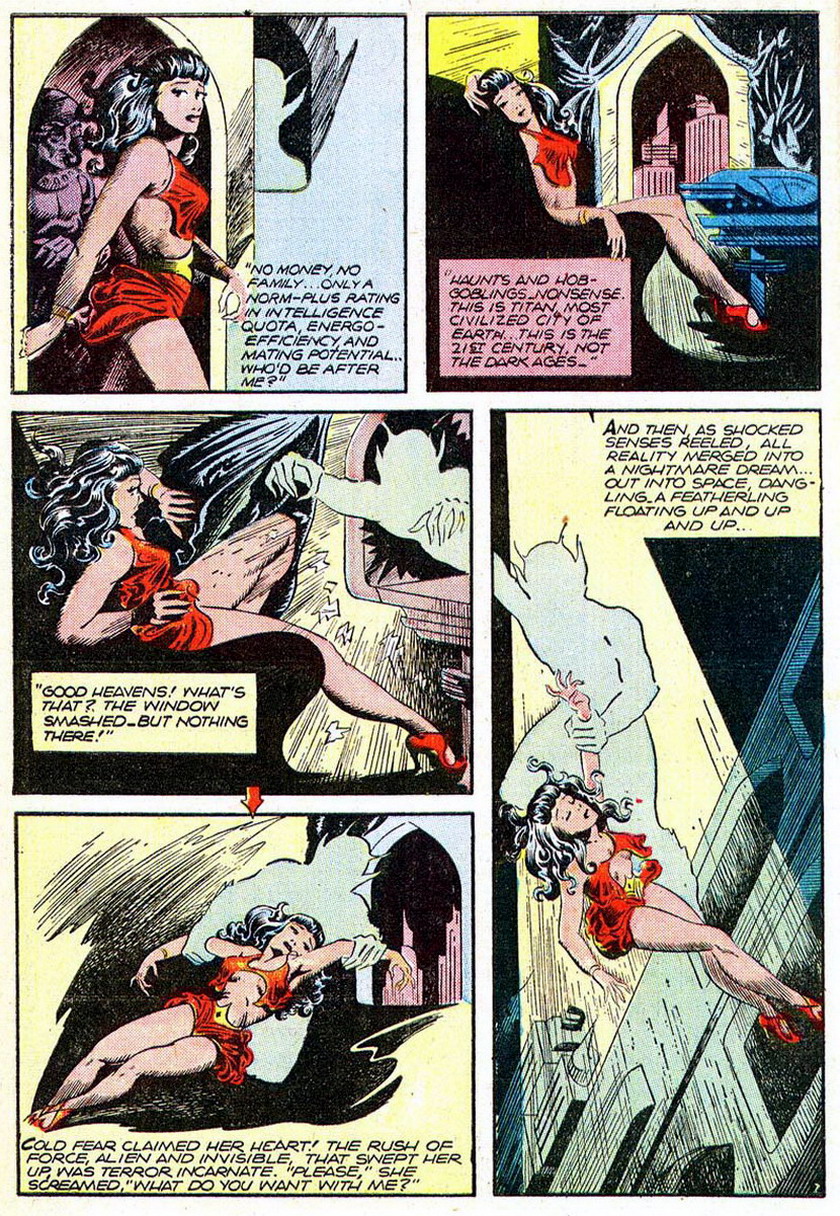
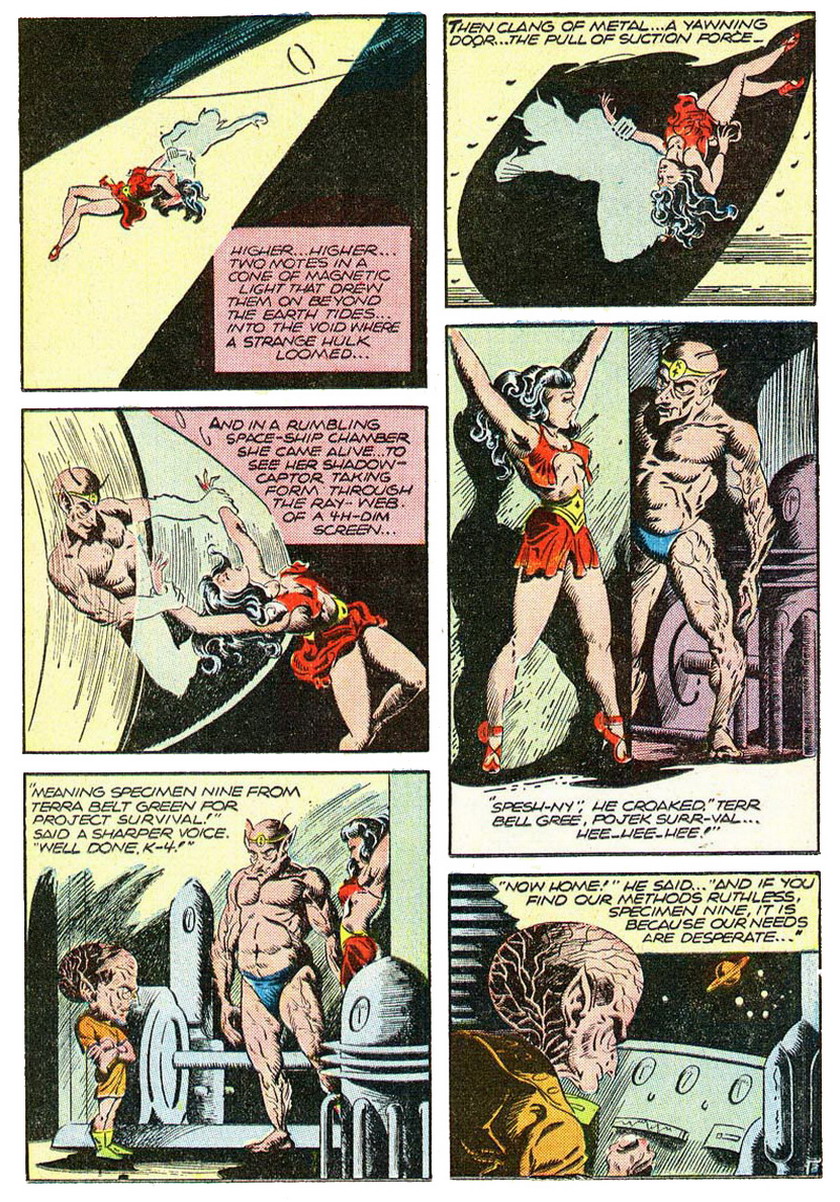
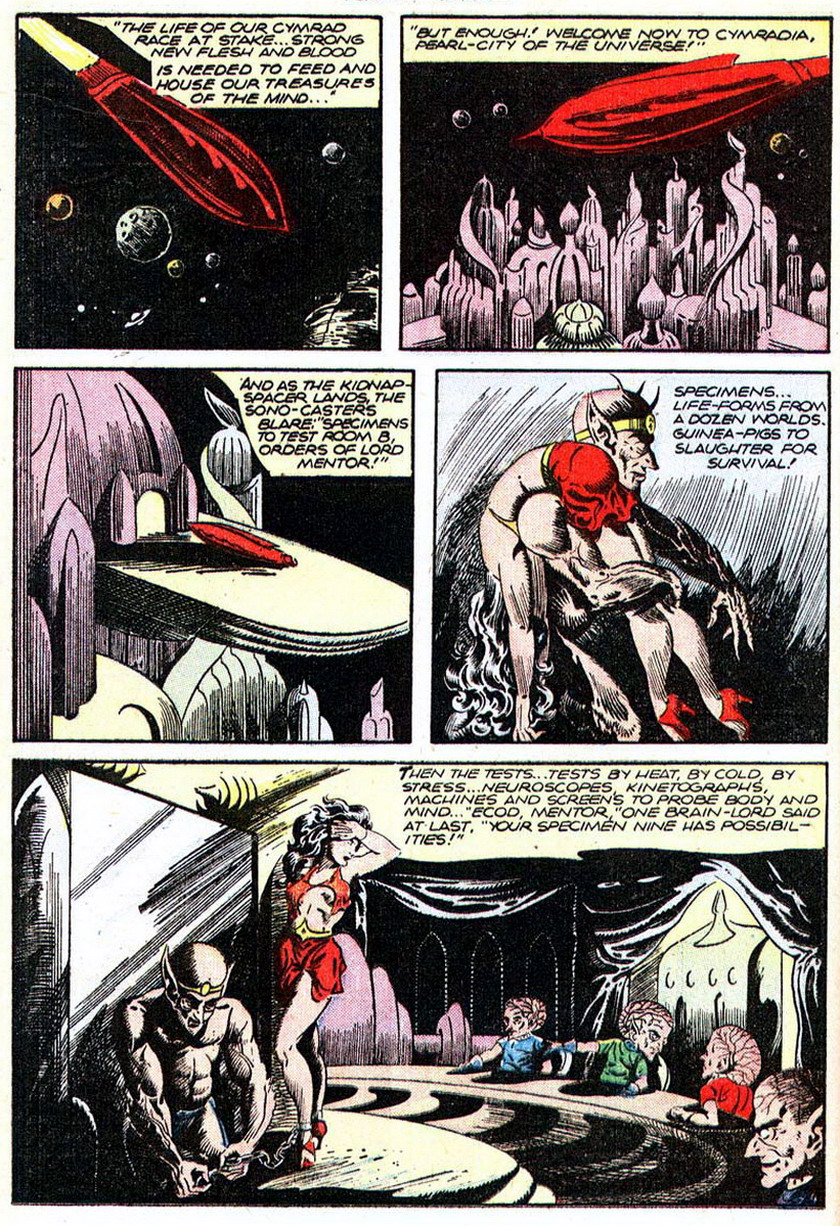
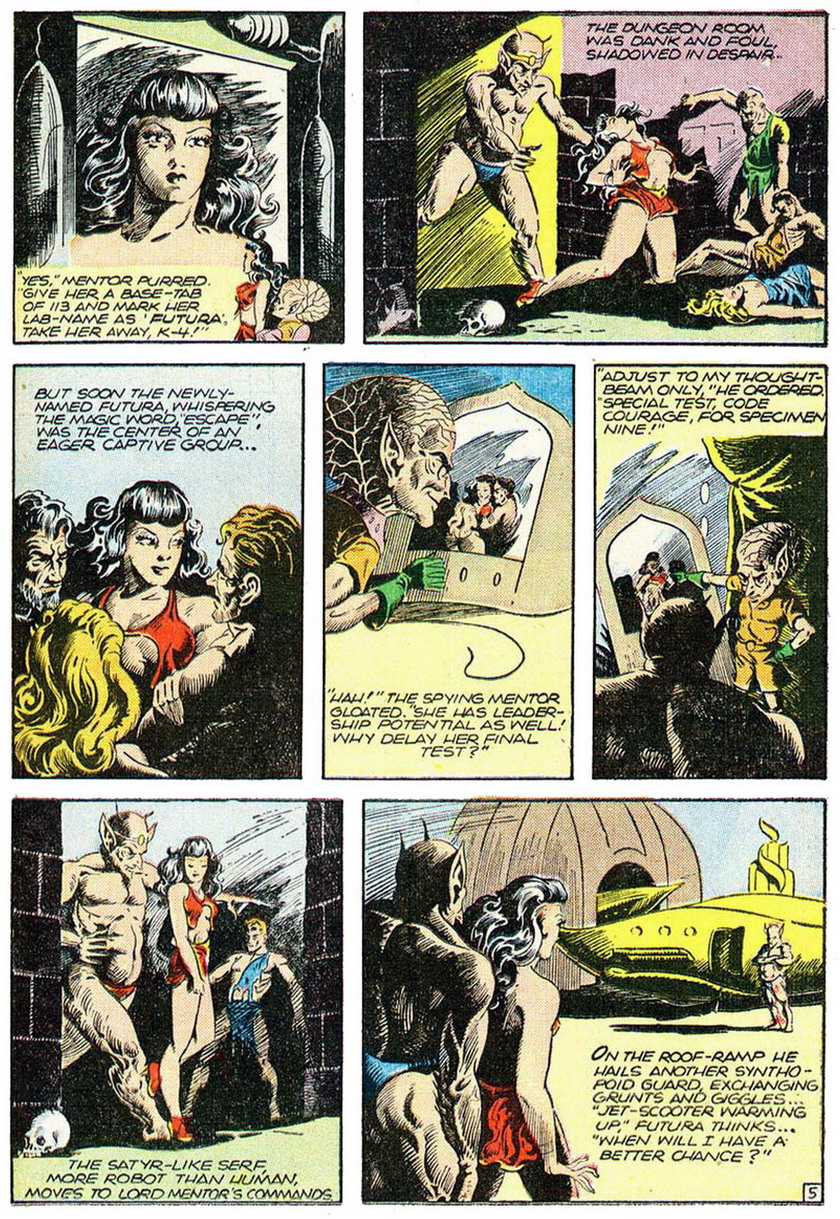

Austria Knows How to Do Monsters Right
3 hours ago

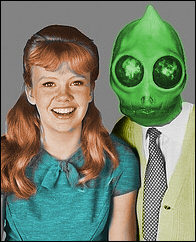

























damn, that's a rad comic. is there a tpb or anything like that?
ReplyDeleteNot that I could find. Futura, like Gale Allen is known but obscure. I suspect there may not be much interest in the series being reprinted, especially given the "off" chapters containing the more simplistic art.
ReplyDeleteHa! That's great! Specimen 9 does indeed have possibilities. Thanks for posting this!
ReplyDeleteJust found this today and I'm anxious to read the story. I'm pretty sure that "John Douglas" is a house pseudonym masking EC Horror great Graham Ingels, who worked for Planet and several other Fiction House titles.
ReplyDelete